The 11 most exciting tech trends of 2024, according to CES 2024
A postcard from the near future, courtesy of CES 2024

CES 2024 is over, and what have we learned? Well, mainly not to put our hands in wearable ovens or indecently expose ourselves in smart showers. But also, some more serious lessons about where tech is headed in 2024. Yes, this year's CES gave us some fascinating glimpses of how gadgets could change our lives this year – and we've rounded up all of those flashes of insight below.
In short, it's going to be another fun, eventful year in tech. There'll be some slight annoyances – for example, ChatGPT being shoehorned into absolutely everything, and manufacturers tempting us with massive TVs that we can't really afford. But there'll also be some exciting shifts, from the arrival of the first proper AI hardware to the emergence of Bluetooth Auracast and neural headphones.
As fun as they are, we've shied away from some of CES 2024's more exuberant flourishes like transparent TVs and personal robots in our list below. Instead, you'll find a list of all the trends and technologies that are likely to have a genuine impact on your tech life in 2024 – for better or worse. So take a break from your floundering tech resolutions for a moment and join us on a ride through this year's biggest tech trends, as predicted by CES...
1. Mini-LED TVs are about to get massive...
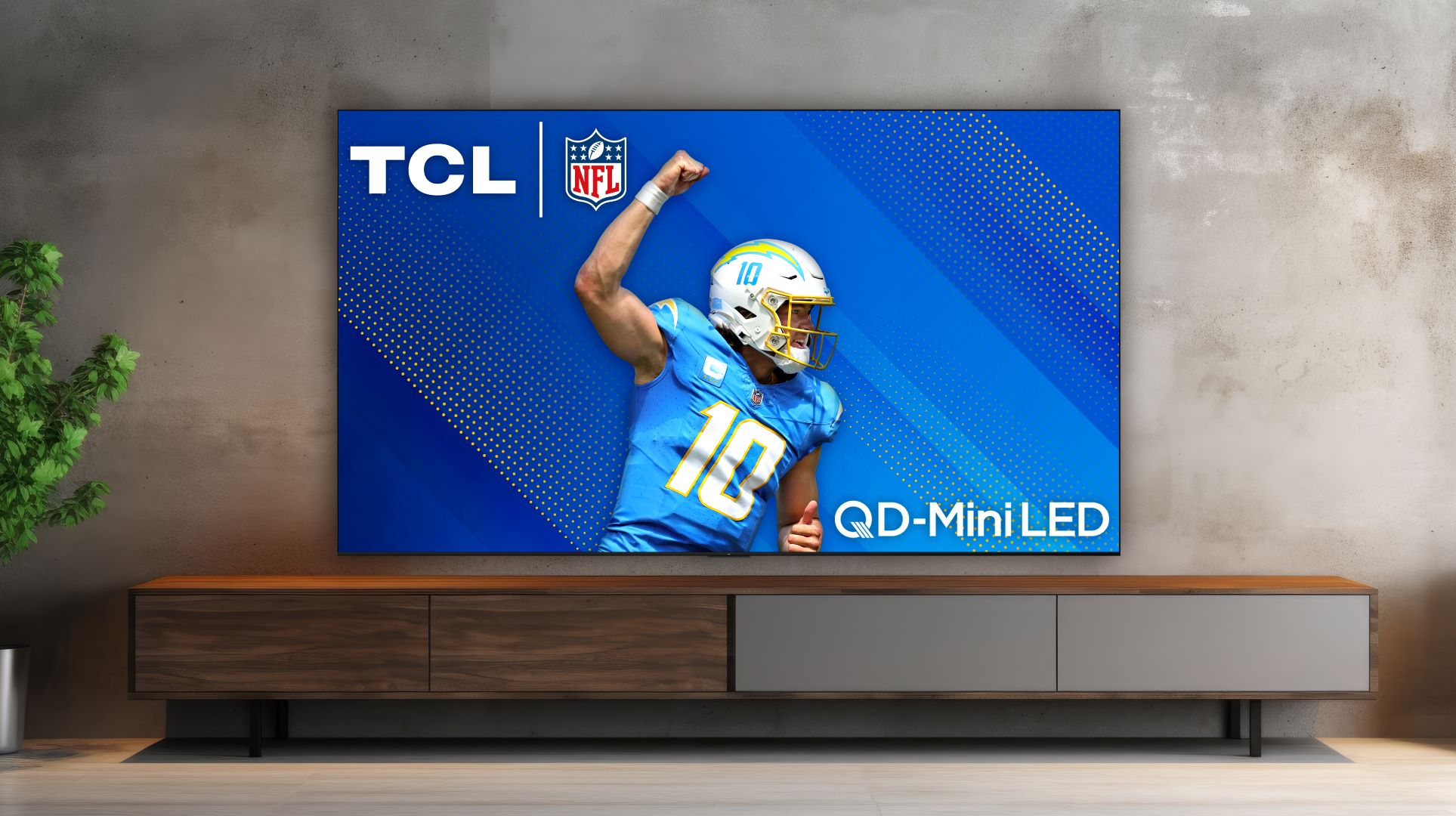
TV are always one of the biggest stories of CES and one of the big trends this year was truly massive mini-LED models. TCL, which revealed that its ultra-large TV category grew 600% in 2023, showed off a monstrous 115-inch mini-LED model at CES called the QM891G, while its new QM8 TVs will be available in sizes ranging from 75-98 inches.
Not to be outdone, Hisense fought back with a 110-inch model in its premium ULED X lineup (with an eye-searing 10,000 nits of peak brightness). But the good news for our wallets is that these increasingly vast mini-LED sets are also likely to be (relatively) affordable this year, certainly compared to OLED.
On that theme, Hisense also revealed that'll be launching a 100-inch regular QLED model in 2024 – which, if history is any guide, should be temptingly affordable for its size.
2. ...and OLED TVs will get much brighter
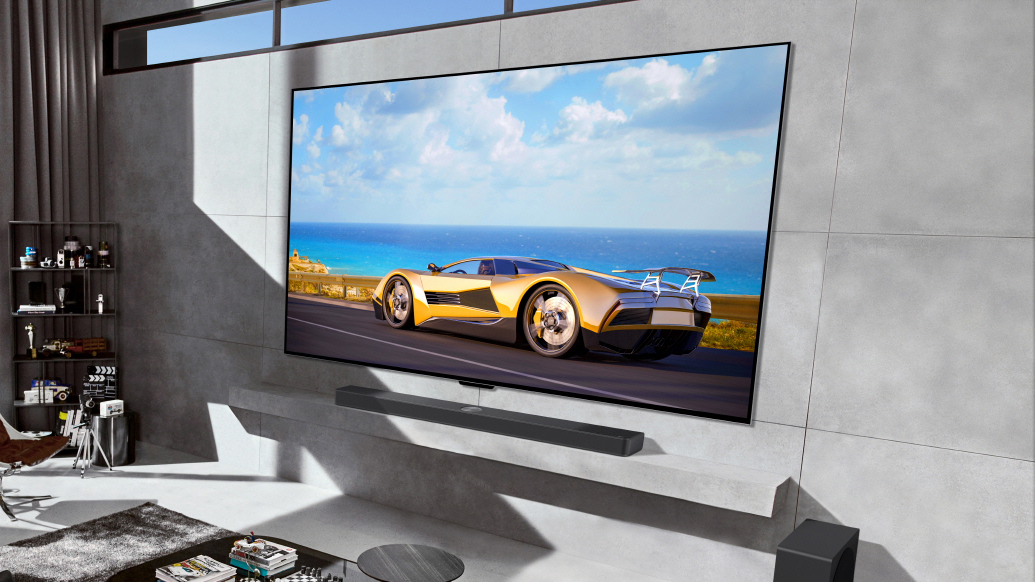
Not to be outshone by their feisty mini-LED and microLED rivals, OLED TVs were also bigging up their credentials at CES 2024 – and this year, we're likely to see them get much brighter. The most obvious example was the new LG C4, which we discovered is indeed much brighter than last year's C3, despite both sets using the same core OLED panel.
Sign up for breaking news, reviews, opinion, top tech deals, and more.
This boost comes from both improved processing and a redesigned micro lens array (MLA). And that isn't the only upgrade OLEDs will get in 2024 – the new Samsung S95D has a 'Glare Free' display that impressed us so much that we said called it "a reason to choose the flagship if you have a bright room". If you need a new TV, it's likely to be a very good year to upgrade.
- Read more: I saw the LG C4 OLED TV in action, and the brightness boost is very real
- Read more: Samsung S95C review: a brighter, better OLED TV that looks great from any angle
3. Qi2 wireless charging will finally go mainstream
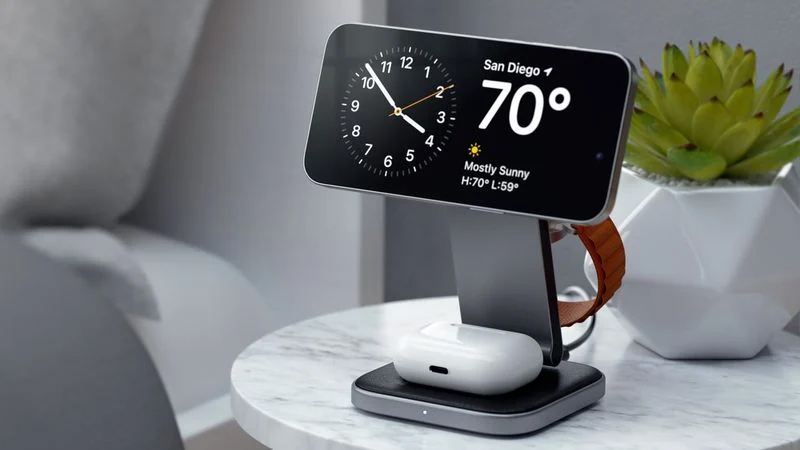
CES 2024 may have delivered its dose of wacky ideas like wearable ovens, but it was also about the dawn of useful new tech standards – and one of those is Qi2 wireless chargers. This is very good news for smartphones, in particular Android phones, as Qi2 supports a minimum of 15W charging, the same as Apple MagSafe.
Unfortunately, we're still waiting for smartphones (other than the iPhone 15 series) to arrive with Qi2 support. But when they inevitably do this year, CES 2024 has ensured that we won't be short of wireless chargers to choose from.
There were several Qi2 products flaunting their wares at the show, with our pick being Satechi's folding 3-in-1 model (above). It'll be available to buy for $130 (around £105 / AU$195) when it goes on sale in Q2 (sometime between March and May).
4. Bluetooth Auracast will change headphones

Like Qi2 charging, Bluetooth Auracast was another tech standard that had its breakout moment CES 2024. We were so impressed after trying Auracast at CES that we concluded that "it'll change our relationship with headphones".
Why so? Auracast's key skill is allowing your compatible headphones to tune into devices that you're not paired with. And this will soon give us a whole range of benefits – from letting you tune into the gate announcements at the airport so you don't miss your flight to listening to a sports bar's TV screen.
The other benefit of Auracast is that it can broadcast to several devices simultaneously – for example, letting a co-worker quickly share the audio from their Windows laptop or iPhone (with a password to stop random listeners) or allowing those with hearing aids to easily tune into an public speaking event. It's still early days for Auracast with little hardware support so far, but expect to hear a lot more about it in 2024.
5. AI gadgets usher in next-gen voice assistants
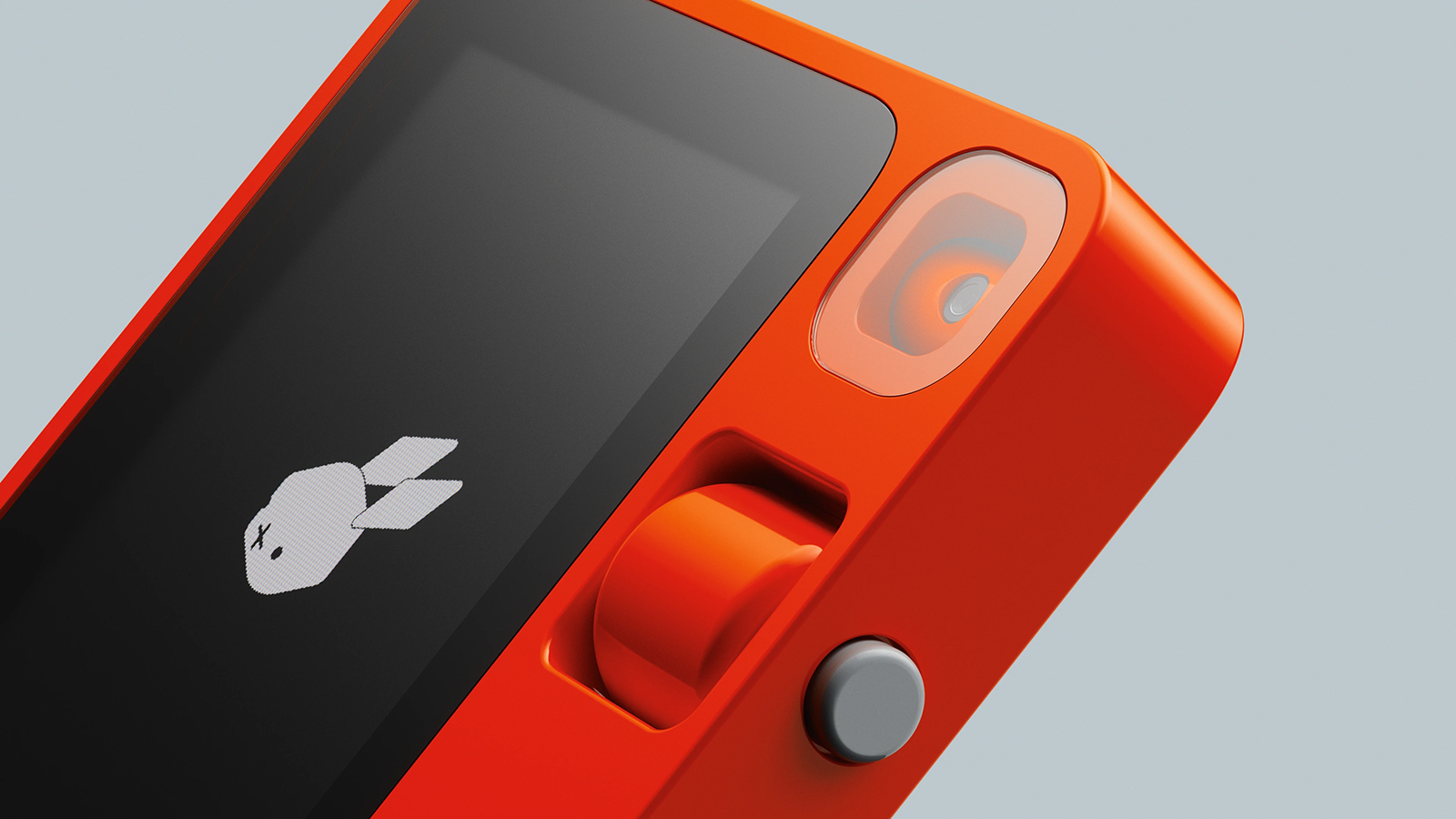
Smartphones have devoured most handheld gadgets over the past decade, but the gadgets could yet make a comeback in 2024 – particularly if the new Rabbit R1 is anything to go by.
The mysterious handheld gizmo, which promises to let you talk to your favorite apps using natural language and end the age of endless phone swiping, was one of the unexpected stars of the show.
Time will tell if it lives up to that early hype, but it's set a blueprint for other AI gadgets to follow this year – we just hope half of them look as good as this Teenage Engineering-designed sidekick.
6. E-Ink will personalize our laptops our phones
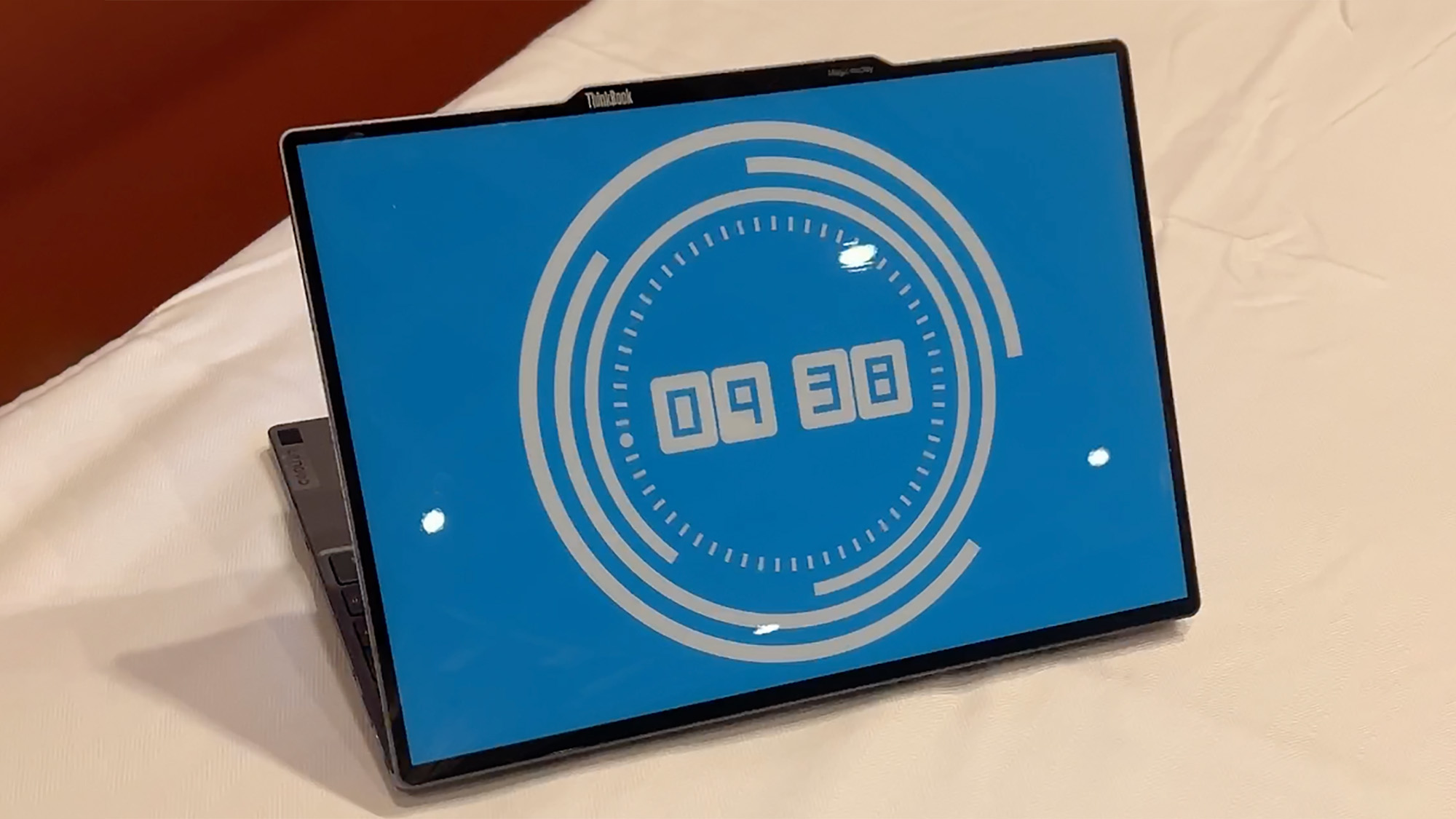
E-ink isn't a new technology and neither is the idea of using it on laptop covers, but at CES 2024 it looked like the concept had finally matured enough to go mainstream. The Lenovo ThinkBook 13x Gen 4 SPE concept laptop (above) was one such example, using E-Ink Prism tech to let you add not just pictures but animations to the cover. Stickers suddenly look a bit old hat.
The Chinese accessories company Infinix also used the same technology to make concept smartphone covers that can change and maintain their colors without consuming any extra power. While both Lenovo and Infinix's examples are still at the concept stage, we're expecting to see more fully-fledged implementations this year.
- Read more: 20 best gadgets of CES 2024: the top TVs, smart home tech, laptops and more we saw at the show
7. Smart rings will take the baton from smartwatches
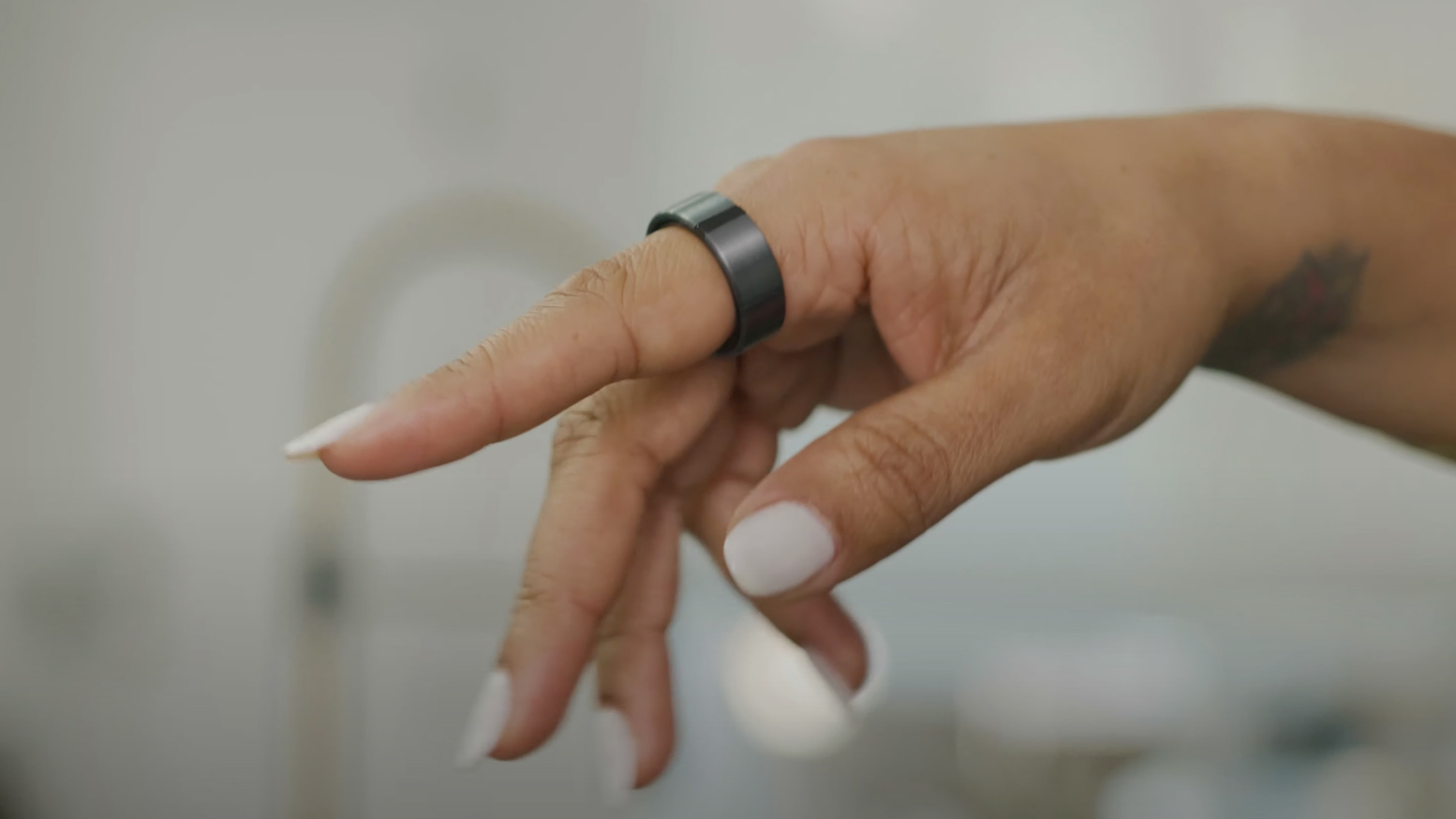
Smartwatches weren't exactly in short supply at CES 2024, but there was a distinct shift in wearables hype towards smart rings. They aren't a new concept, as owners of the Oura Ring will attest – but this year will see an explosion of competitors, potentially including the long-awaited Samsung Galaxy Ring.
At CES, we saw Amazfit Helio Ring impress with its health-tracking potential, while the Evie smart ring returns after launching last year. Not that all smart rings are designed to track your sleep or steps – the Lotus ring (above) is effectively a wearable controller that lets you control home appliances, albeit ones made by Lotus itself.
Yes, competition is already strong among the best smart rings, but in 2024 we're going to see them hit smartwatch levels of popularity.
8. Neural headphones are ready to read your mind
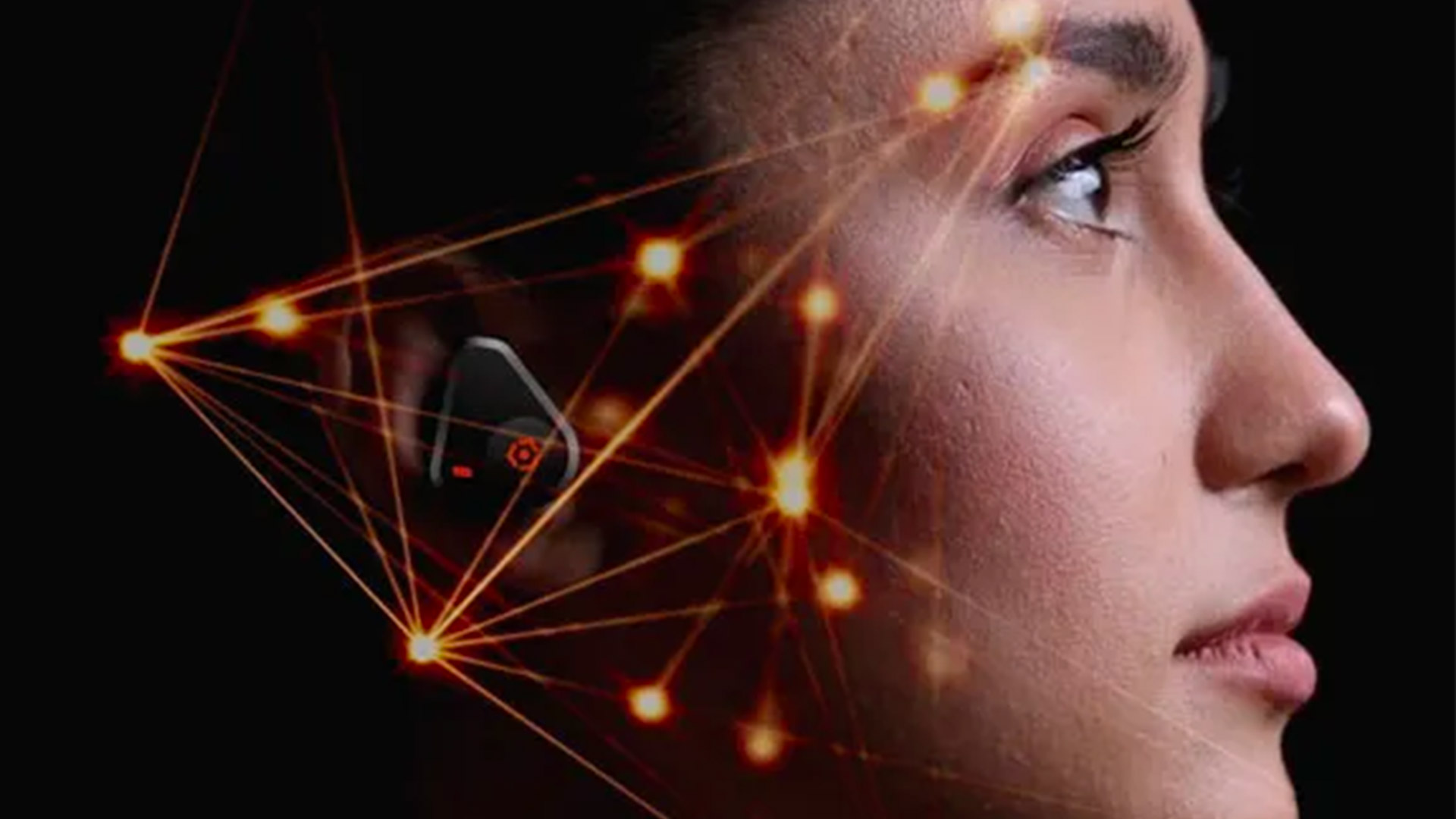
The best headphones are no longer just about delivering super-duper audio quality with an immersive sound stage, isolating active noise cancellation, and a comfy design that makes you forget you’re wearing a pair of cans. Rather they aim to add exciting new strings to their bows; this year, it’s all about neural technologies.
That’s right, at CES 2024 we saw headphones that can read your mind. The Naqi Neural Earbuds are designed “as a safe, non-invasive alternative to brain implants” that could offer you full control over a Windows or Mac computer – including browsing the net and playing games – by using gyroscopic, muscle, and brainwave sensors.
Then there’s the MyWaves Technologies Pebble with a puck that you suction to your forehead. While you sleep it will scan your brain waves and play you a bespoke music playlist that should help you get your 40 winks. Naturally, some of the products sound more impressive – and appealing – than others, but expect to see more neural tech creeping into your headphones in 2024 and beyond.
9. ChatGPT will be shoe-horned into everything
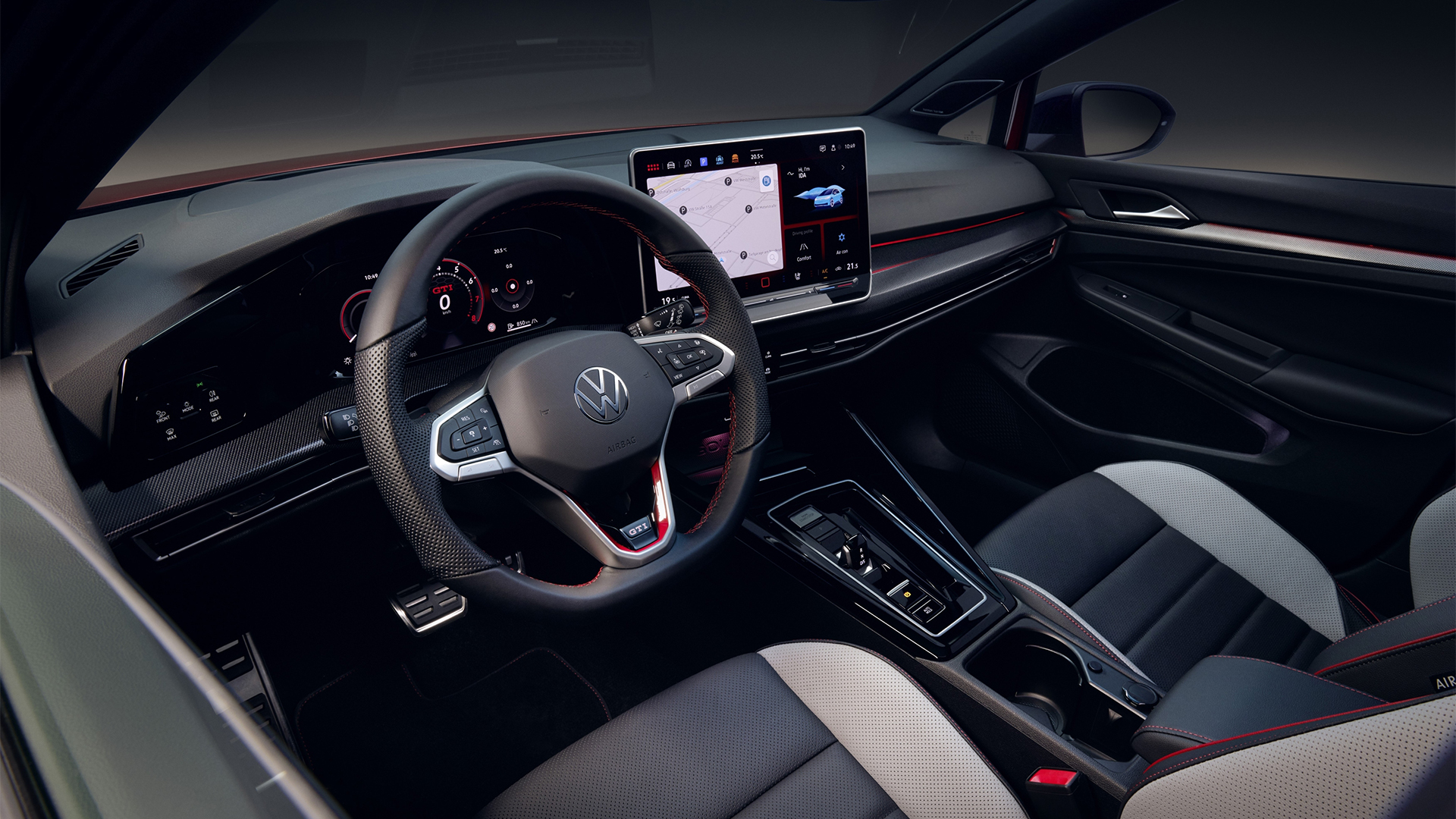
Last year's great breakout star, ChatGPT, hit such heights that it's now destined for an inevitable fate in 2024 – being shunted in every consumer tech device imaginable, whether it's a good idea or not.
CES 2024 was full of such examples, from the creepy WeHead – which gives the chatbot an unsettling face – to Volkswagen announcing that it's bringing ChatGPT into its cars for AI-based conversations.
Given ChatGPT has a propensity to hallucinate and make things up, we're not sure it's something we want to take advice from while driving a large hunk of metal down the freeway. Expect a lot more of this in 2024 – for good and bad.
10. Smart home tech will become invisible
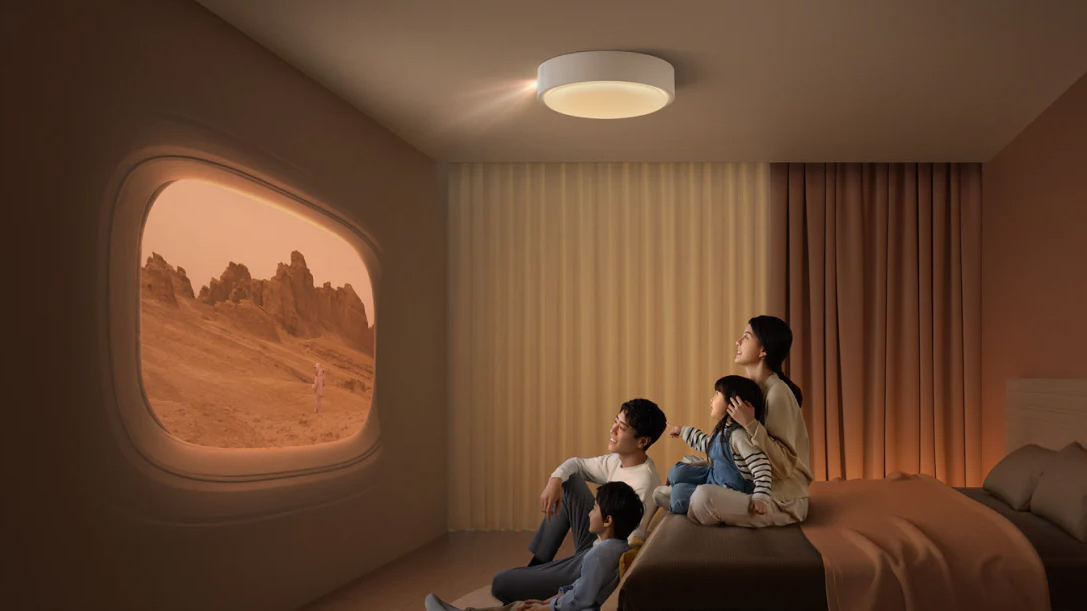
The smart home continued to flounder in 2023, as the Matter standard failed to gain much traction. But at least the hardware will look good this year, if the best smart home tech of CES 2024 was anything to go by.
The main theme this year was home tech that disappears into the background or, even better, is completely invisible. This was the case with XGIMI Aladdin, a ceiling light that's also secretly a projector and Bluetooth speaker. The Baracoda BMind, which won the 'best wellness tech' category in our Best of CES 2024 awards, is also a mirror with hidden generative AI powers that can both understand and improve your mental health.
But on on a more day-to-day level, we also saw big tech players like Samsung and LG finally make TVs the natural center of the smart home. Samsung introduced a new dashboard called Now Plus to its televisions, while LG TVs became Matter-compatible Google Home hubs. Will this be the end for Nest hubs? Let's hope so – the fewer devices, the better, in our book.
11. The Apple Vision Pro will be undercut by cheaper rivals
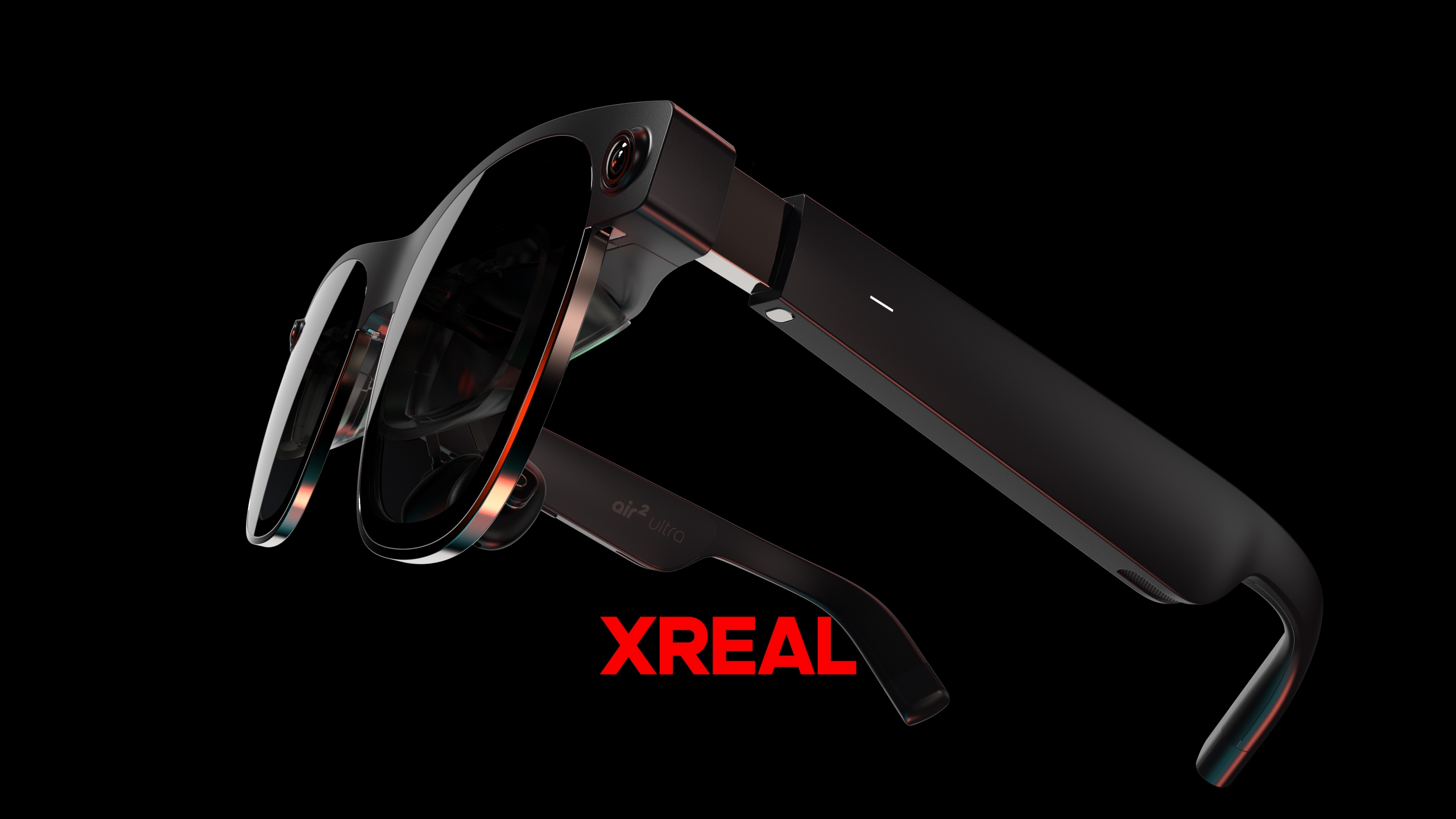
Apple skipped CES 2024, but you wouldn’t know it from all the talk about its Vision Pro headset. Just as the convention kicked off, Apple officially confirmed that the Vision Pro will start shipping in the US on February 2, with preorders launching on January 19.
In response, CES was full to the brim with ‘Vision Pro rivals’ all vying to show you they can deliver what Apple’s spatial computer promises at a fraction of the cost. Xreal explicitly called its new Air 2 Ultra glasses an affordable alternative to the Vision Pro in its official press release.
Asus’ AirVision M1 smart specs don’t boast the same kind of mixed-reality capabilities, but certainly have a name that feels a lot like an Apple product. And while Sony has yet to say how much its rival will cost, its VR headset for the “industrial metaverse” (we think we just threw up a little) certainly looks set to challenge Apple’s headset in the professional space.
With a Samsung XR/VR headset on the way and others also gearing up to release spatial computing gadgets, expect a lot more Vision Pro rivals to materialize in 2024 – with most of them celebrating how much cheaper they are than Apple's headset, which starts at a cool $3,499 (that's around £2,800 / AU$5,300).
You might also like

Mark is TechRadar's Senior news editor. Having worked in tech journalism for a ludicrous 17 years, Mark is now attempting to break the world record for the number of camera bags hoarded by one person. He was previously Cameras Editor at both TechRadar and Trusted Reviews, Acting editor on Stuff.tv, as well as Features editor and Reviews editor on Stuff magazine. As a freelancer, he's contributed to titles including The Sunday Times, FourFourTwo and Arena. And in a former life, he also won The Daily Telegraph's Young Sportswriter of the Year. But that was before he discovered the strange joys of getting up at 4am for a photo shoot in London's Square Mile.
- Hamish HectorSenior Staff Writer, News